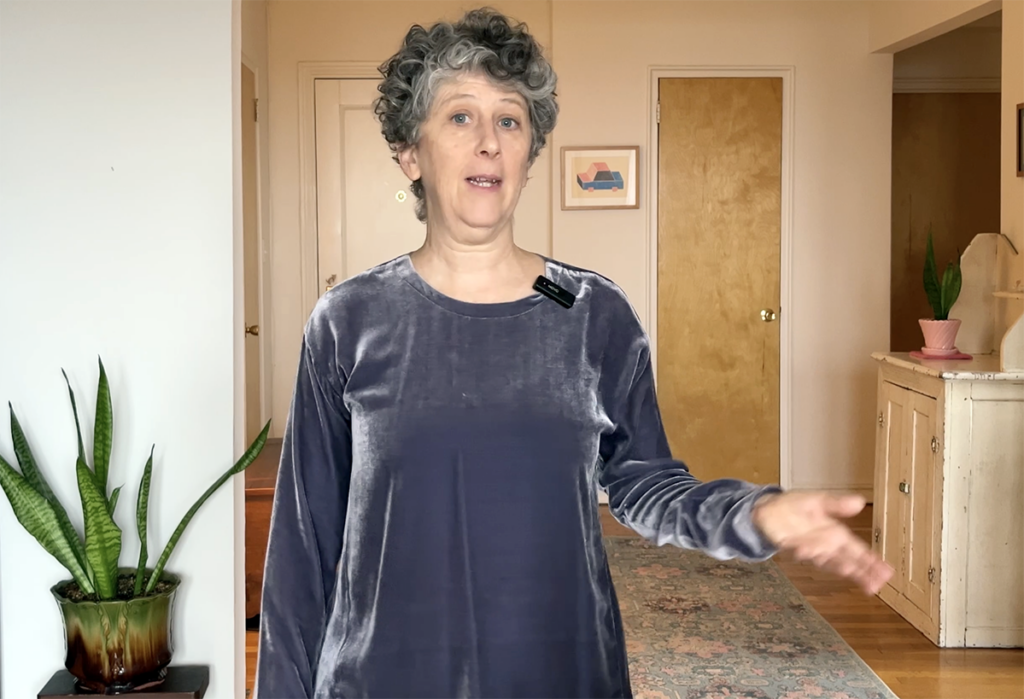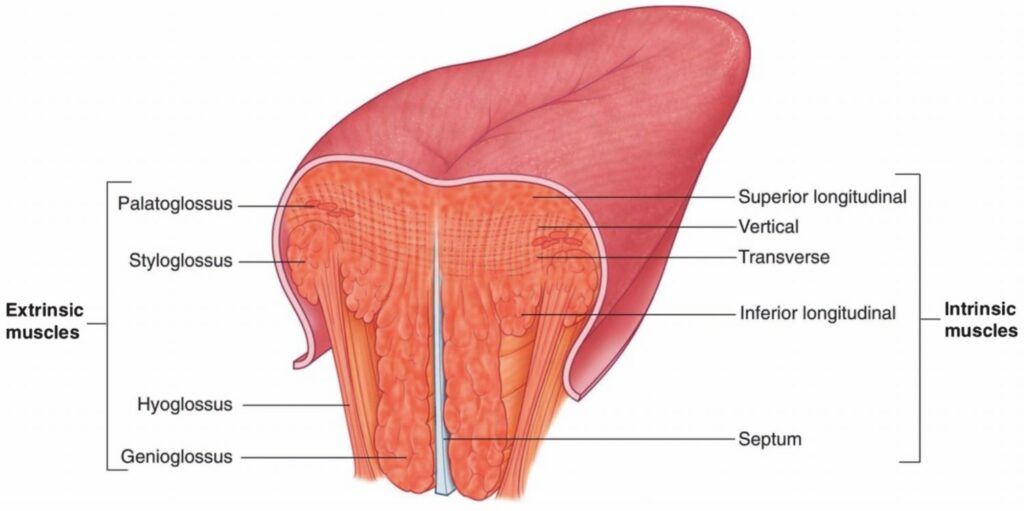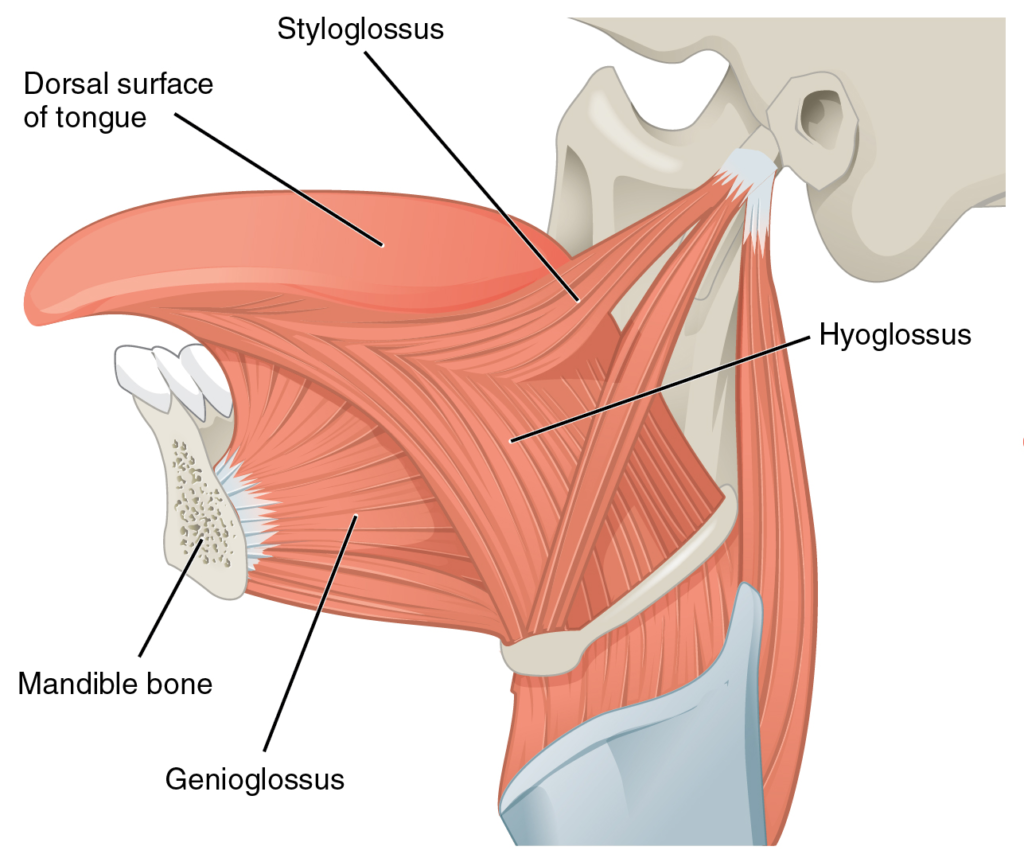
Free your tongue to improve your posture and coordination
My mission is to provide high quality educational content that doesn’t over simplify the complexity and unity of your body-mind. Today’s post was inspired by a huge pet peeve I have about the erroneous idea that there is a single correct position or posture for your tongue.
Please, no.
There is an unfortunate tendency on social media to break everything down into separate parts and bits.
There are a gazillion videos about correct tongue posture. Most of them recommend that you put it up on the roof of your mouth. That is certainly a place your tongue can touch! It’s necessary for many sounds that you make, for breathing through your nose, and lots of other stuff.
But why would you want to keep it there all the time?
Your tongue is a complex sense-organ-muscle supplied by 5 different cranial nerves, with muscle attachments to your throat, skull, and jaw.
Holding your tongue in any one position rigidly will interfere with easy breathing and cause jaw, neck, and shoulder tension.
It will interfere with adaptability in your balance and freeze up the relationship of your jaw, head, and throat. So, please don’t position your tongue.
Instead, feel your tongue. Move your tongue to feel your tongue, your mouth, and your lips. Restore the expressiveness of your face, your mouth, your breath…loosen up. The video (link HERE or click the photo above) guides you through each of the five cranial nerves involved.
Here is an image that shows the complexity of the interior musculature of your tongue, which is capable of the most subtle micro-movements inside your mouth for balance, sound production, and swallowing:

Here is an image to give you an idea of how many connections there are from your tongue to your head, jaw, and neck:

And here are the nerves that supply sensation, taste, and motor control that I explore in the video:
- Cranial Nerve 5 (trigeminal), mandibular branch: Sensation of front 2/3rd of the tongue
- Cranial Nerve 7 (facial): taste from the front 2/3 of the tongue
- Cranial Nerve 9 (glossopharyngeal): taste and sensation on the back 1/3 of the tongue
- Cranial Nerve 10 (vagus): sensation from the root of the tongue and the epiglottis
- Cranial Nerve 12 (hypoglossal): motor control of the 4 intrinsic and 4 extrinsic muscle of the tongue for speech and swallowing
If you enjoy this exploration, you might be interested in joining up with my community in 2024 to explore Cranial Nerve Sequencing. The community will be open to somanauts, embodiment teachers, somatic therapists, and anyone who wants to discover a deeper, more peaceful coordination within themselves.
If you have damage or challenges concerning any of your cranial nerves, this work can also help you re-set and coordinate your whole system to support your best functioning whether that damage resolves or not.
